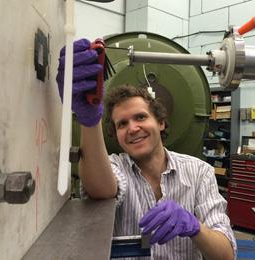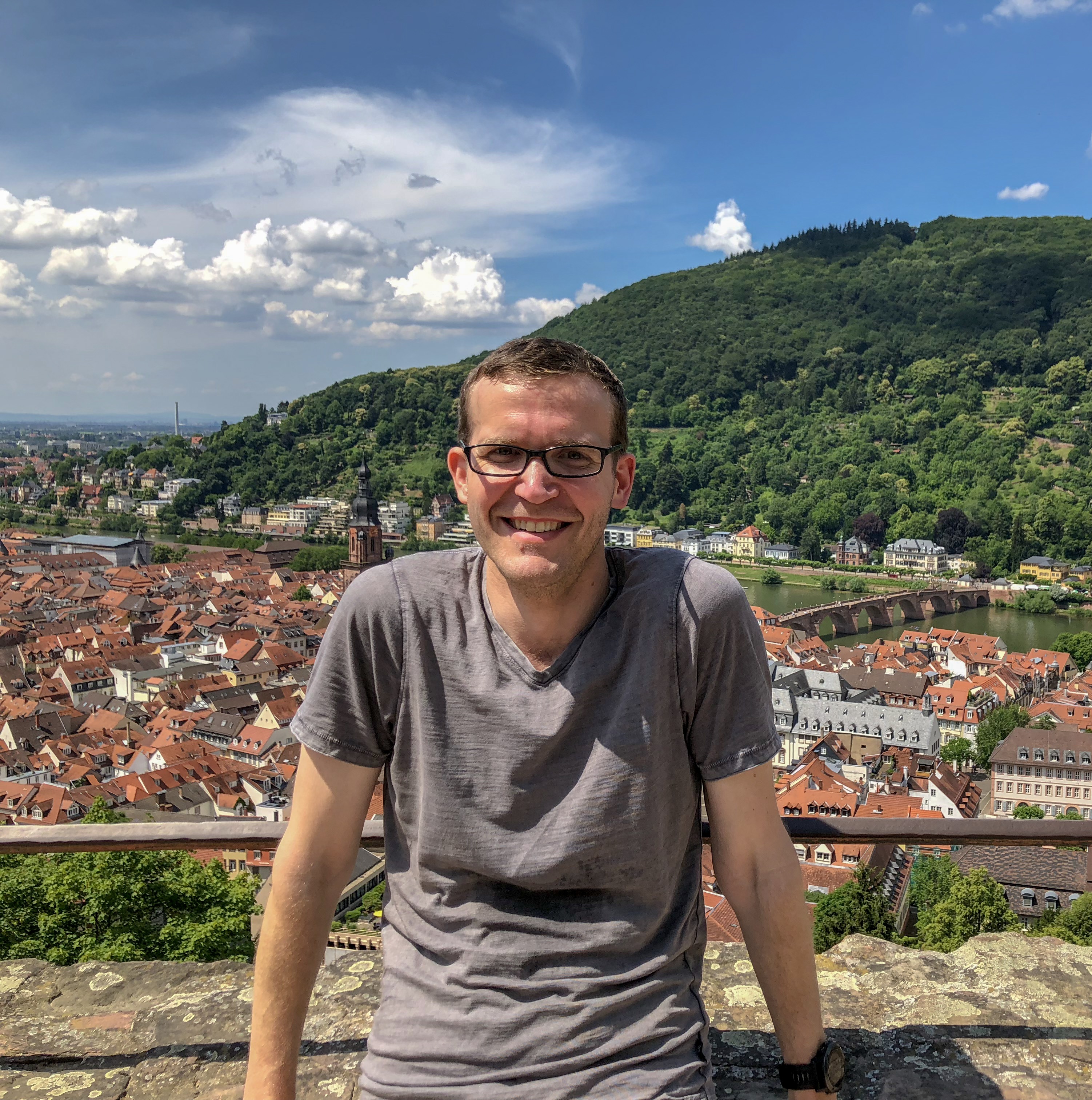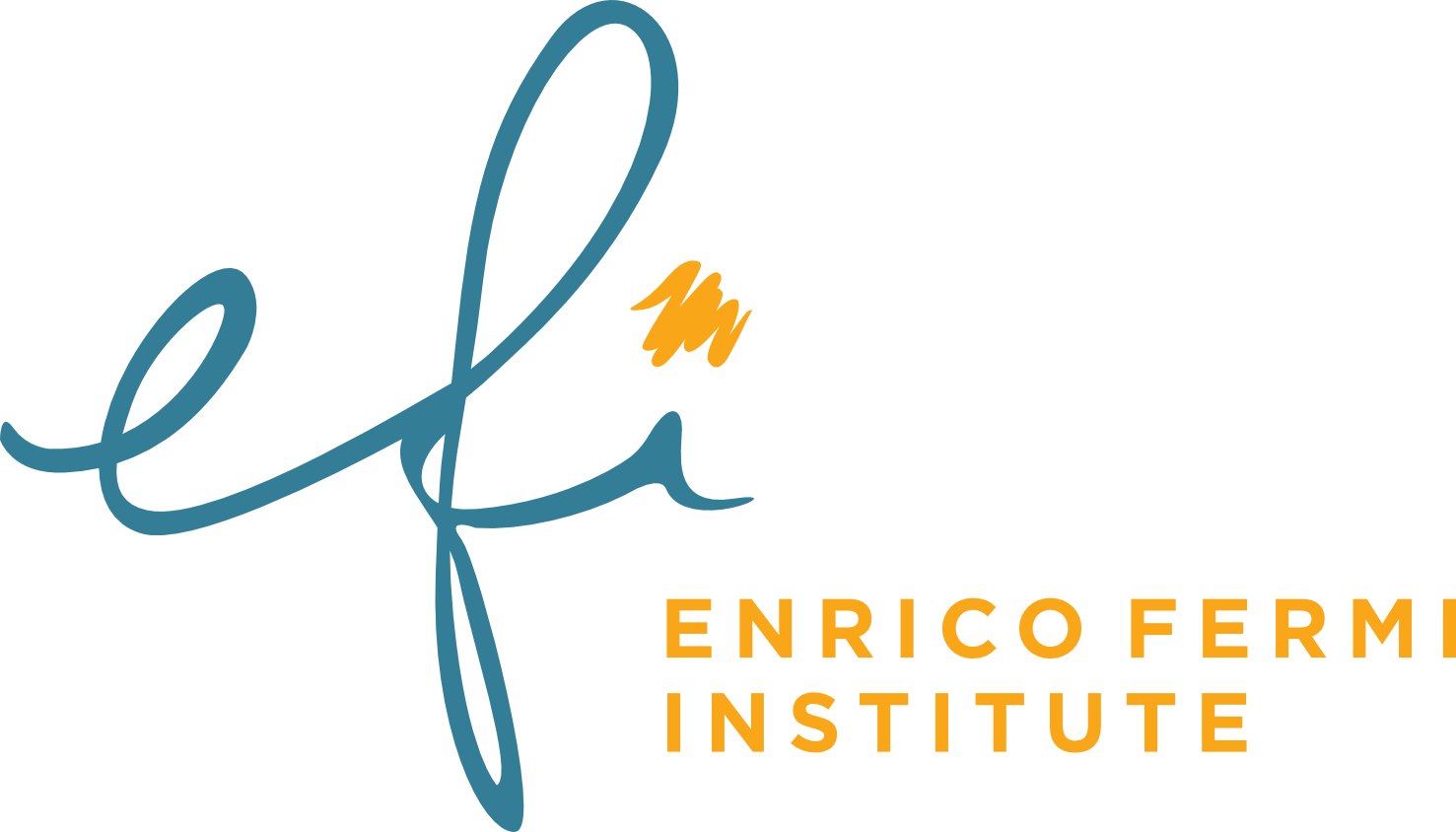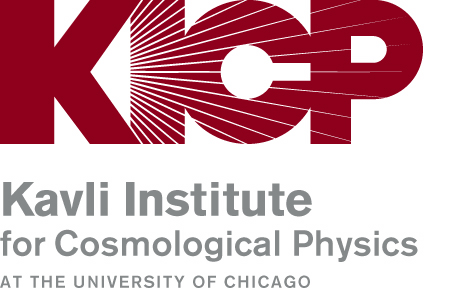Grayson C. Rich
Experimental particle physics

Experimental particle physics

I'm an Enrico Fermi Fellow at the Enrico Fermi Institute (EFI) and a fellow at the Kavli Institute for Cosmological Physics (KICP), both at the University of Chicago. See the research page for a quick intro on the work that I do and links to more information.
I received my Ph.D. in physics from the University of North Carolina at Chapel Hill in 2017. I worked with Prof. Phil Barbeau of Duke University, focusing on low-energy neutrino interactions and supporting measurements, carrying out experiments at Triangle Universities Nuclear Lab and Oak Ridge National Lab. My thesis was on the subject of calibrations relevant to, and the statistical analysis of, the first observation of coherent elastic neutrino-nucleus scattering.
You can find my CV here.



I'm an experimental particle physicist working in the areas of neutrinos and direct dark-matter searches. My research interests are broad but they primarily lie in searches for physics beyond the Standard Model. Currently most of my time is spent working in two collaborations: COHERENT and DAMIC.
COHERENT is a multi-faceted collaboration whose focus is on coherent elastic neutrino-nucleus scattering (CEνNS - pronounced "sevens" - since the Greek character ν is used to represent neutrinos). CEνNS was first predicted in 1974 but had evaded detection until 2017, when COHERENT was able to observe the process using the world's smallest neutrino detector: a 14.6-kg CsI[Na] scintillating crystal. The observation received a lot of attention, which was extremely exciting - but not as exciting as all the physics that can still be learned from CEνNS. As there is so much yet to learn from CEνNS, many groups in the neutrino community are working on performing measurements of the process, including the COHERENT Collaboration, which has a broad experimental program including additional CEνNS detectors along with measuerments of other neutrino processes.
The Dark Matter in CCDs (DAMIC) Collaboration is searching for direct evidence of WIMP dark matter. At present, evidence suggests that dark matter makes up a large majority of all the matter in universe - but we have never before seen direct evidence for its existence. DAMIC uses silicon CCDs, similar to the sensors found in any digital camera, to look for traces of these ghostly particles in what are essentially pictures taken with long exposure times. Silicon is relatively low mass compared to targets used in other dark matter searches (xenon, for instance, is a very popular target), and this fact combined with the low-noise readout enabled by the CCD technology mean that DAMIC is sensitive to relatively low-mass WIMPs. Use of CCDs also provides exceptional spatial resolution, enabling astounding feats of background rejection: radioactive contaminants can be identified through observation of events separated in time by months because we are able to isolate the location of interactions within ~10 μm.
The next stage of DAMIC, with 1 kg of target material, was recently funded by the European Research Council. This iteration will be called DAMIC at Modane, or DAMIC-M, and will be located at the Laboratoire Souterrain de Modane in the French Alps.